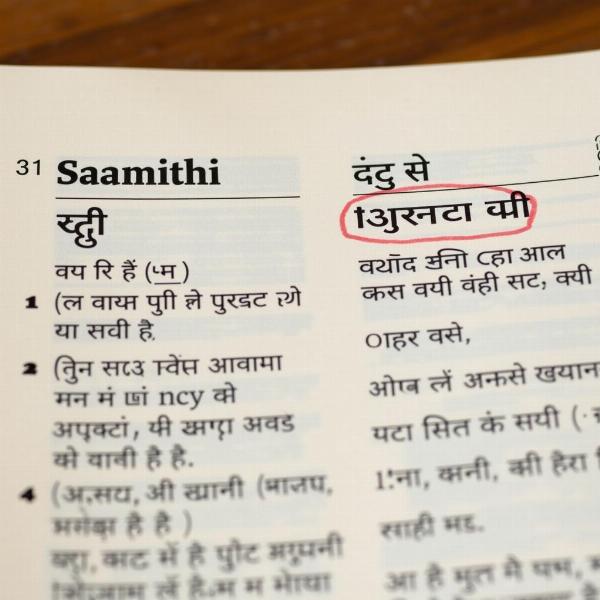Understanding the hindi meaning of feudal is crucial for anyone delving into Indian history, literature, and socio-cultural dynamics. The term “feudal” often evokes images of medieval Europe, with its knights, lords, and vassals. However, while India didn’t have a system identical to European feudalism, it possessed social structures with similar characteristics. This article will explore the various nuances of “feudal” in a Hindi context, examining its historical relevance, linguistic interpretations, and contemporary implications.
Exploring the Historical Context of “Feudal” in India
Indian history witnessed various land tenure systems and hierarchical social structures that bear resemblance to feudalism. While not a direct equivalent, understanding these systems helps grasp the essence of “feudal” when applied to the Indian subcontinent. The Mughal empire, for instance, had a Jagirdari system where land grants were given in exchange for military service, somewhat mirroring the European feudal system. However, the Indian context involved complex relationships between rulers, intermediaries, and peasants, differing from the rigid European model. Exploring these historical nuances allows for a more comprehensive understanding of the term.
“Feudal” in Hindi: A Linguistic Deep Dive
The direct Hindi translation of “feudal” is often debated among scholars. Terms like “सामंती” (saamanti) and “जागीरदारी” (jagirdari) are commonly used, but they don’t fully capture the entire spectrum of the English word. “Saamanti” generally refers to the feudal lord, while “jagirdari” describes the system of land grants. This linguistic ambiguity highlights the complexities of translating culturally specific terms. Therefore, grasping the context is paramount when encountering “feudal” in Hindi texts or conversations.
 Linguistic Nuances of Feudal in Hindi
Linguistic Nuances of Feudal in Hindi
The Socio-Cultural Implications of “Feudal”
The term “feudal” carries significant socio-cultural baggage in India. It often implies outdated social hierarchies, exploitation, and a lack of social mobility. When used in contemporary discourse, it often criticizes practices that perpetuate inequality and power imbalances. Understanding this connotation is vital for interpreting its usage in various contexts, whether it’s a political debate, a literary work, or a casual conversation.
Feudal vs. Zamindari: Differentiating the Systems
While sometimes used interchangeably, “feudal” and “zamindari” refer to distinct systems. Zamindari was a land revenue system prevalent in British India, where zamindars collected taxes from peasants. While sharing some hierarchical elements with feudalism, the zamindari system’s primary focus was revenue collection, not necessarily military service or vassalage. Understanding this distinction is critical for accurate historical and social analysis.
Conclusion
The hindi meaning of feudal is complex and multifaceted. While direct translations exist, grasping the historical, linguistic, and socio-cultural context is crucial for a complete understanding. From historical land tenure systems to contemporary social critiques, the term “feudal” carries significant weight in the Indian context. By exploring its various nuances, we can gain a deeper appreciation of Indian history, society, and the evolving meaning of this significant term.
FAQ
- What is the closest Hindi word for “feudal”? While “सामंती” (saamanti) and “जागीरदारी” (jagirdari) are commonly used, they don’t fully encompass the meaning. Context is essential for accurate interpretation.
- Did India have a feudal system like Europe? India had systems with similarities to European feudalism, but it wasn’t an exact replica. The Indian systems were more complex and varied regionally.
- What does “feudal” imply in modern Indian society? It often connotes outdated social hierarchies, exploitation, and inequality.
- What is the difference between “feudal” and “zamindari”? While related, they are distinct systems. Zamindari was primarily a revenue collection system, while feudalism encompasses broader social and political structures.
- Why is understanding the hindi meaning of feudal important? It’s crucial for understanding Indian history, literature, and social dynamics.
Related Articles
Meaning-Hindi.in is your trusted partner for accurate and culturally sensitive Hindi translations. We specialize in a wide range of translation services, from business and legal documents to technical manuals and website localization. Our team of expert linguists ensures that your message is conveyed effectively in Hindi, respecting cultural nuances and linguistic accuracy. Contact us today for all your Hindi translation needs. Email: [email protected], Phone: +91 11-4502-7584. Meaning-Hindi.in offers professional, reliable and high-quality translation services tailored to your specific needs.